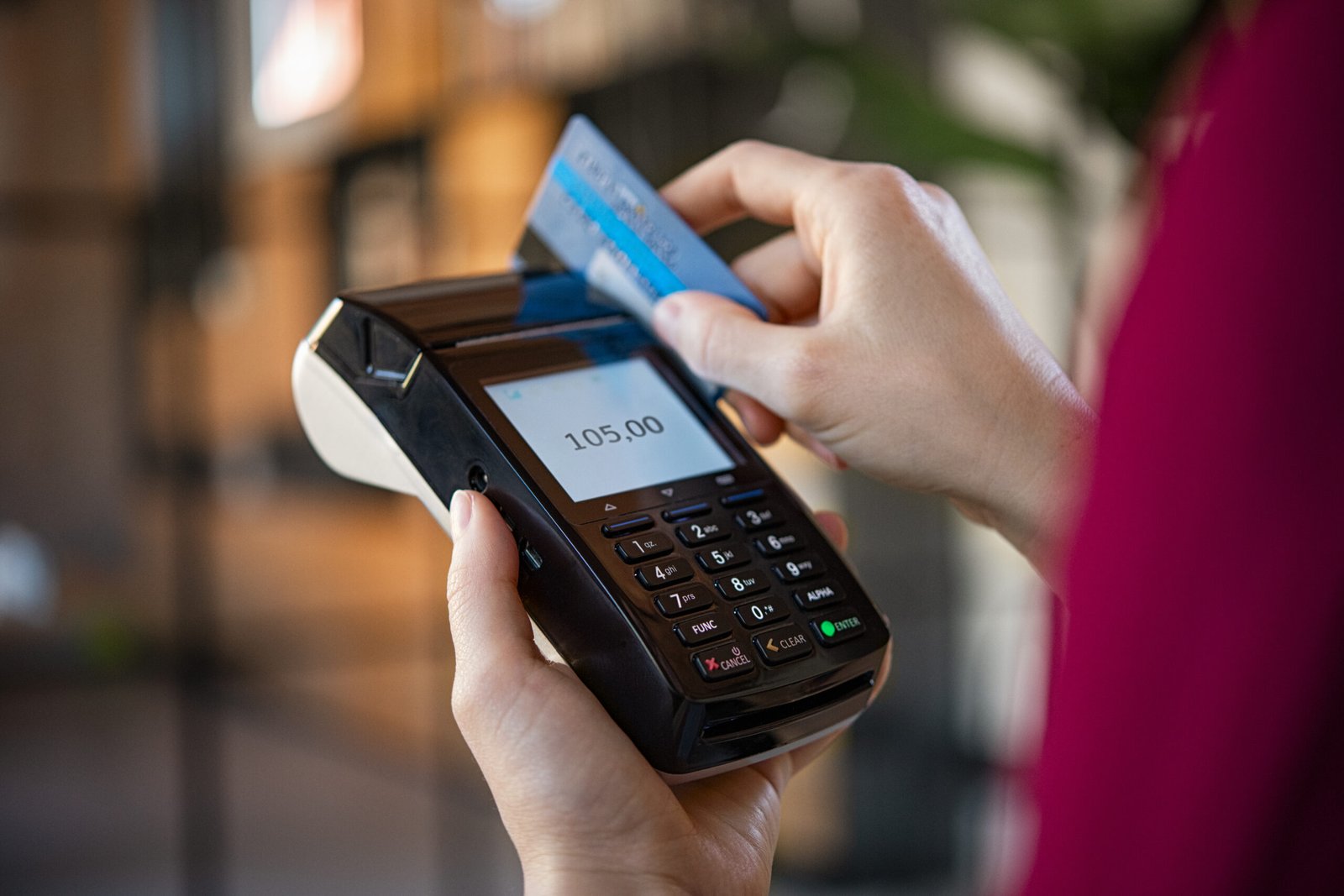A major player in the world of financial technology, Apple Inc. (AAPL) has chosen to end its credit card collaboration with Goldman Sachs Group Inc. (GS). This decision is a major setback for Apple’s growing services business and a turning point in Goldman Sachs’ consumer lending operation.
In 2019, the digital giant and the Wall Street bank launched a relationship that brought a savings account and, more recently, a credit card. At first glance, this partnership seemed like a long-term commitment that would last until 2029 and be an integral part of Goldman Sachs’ plan to attract a wider range of clients.
People familiar with the situation have said that Apple has suggested getting out of the deal within the next twelve to fifteen months, which would include any consumer-related partnerships. The tech giant’s decision comes as a surprise, especially given the partnership’s recent extension.
Problems Facing Goldman Sachs
Following heavy losses incurred while establishing a full-service consumer business, the investment firm started to pull back towards the end of last year. With Apple continuing to play a major controlling role in this decision, the bank announced its desire to sell the alliance earlier this year.
Loss rates were one of the issues that stymied talks between the program’s current administrators and American Express regarding a possible takeover. At the same time, the scheme has piqued the interest of Synchrony Financial, a prominent issuer of retail credit cards. Synchrony, today synonymous with tech companies like PayPal and Amazon, was an early rival of Goldman Sachs in the race to launch Apple’s credit card program.
The change will have an effect on Apple since it will test the company’s services division, which is becoming more important as iPhone sales level off. Even still, Apple’s revenue from the Goldman collaboration is negligible. Although total revenues fell little last quarter, the company’s services revenue surged.
Strategic Shift at Goldman Sachs
The breakup of this cooperation marks the final chapter for Goldman’s ambitious but ill-fated foray into consumer services diversity. Bank customers, especially corporations and ultra-wealthy people, are once again the center of attention. After selling home improvement loan specialist GreenSky and ending a credit card association with General Motors, Goldman decided to realign.
Right from the start, the partnership had problems with operations. Increased loan losses for Goldman were the result of disagreements over advertising techniques and acceptance rates. Customer service issues also stemmed from Apple’s billing policies. Internal reorganization was necessary for Goldman Sachs to resolve regulatory concerns raised by its credit card practices.
Looking ahead, Apple will keep looking for a new partner as Goldman Sachs deals with the challenge of keeping credit card personnel through the transition. With the cooperation coming to an end, other financial actors now have a better chance of collaborating with one of the most powerful tech corporations in the world.
Collaborations at the crossroads of technology and finance are dynamic and difficult, as the breakup of the Apple-Goldman Sachs cooperation demonstrates. In anticipation of this monumental change, the financial technology industry is bracing itself as the two corporations readjust their approaches.
